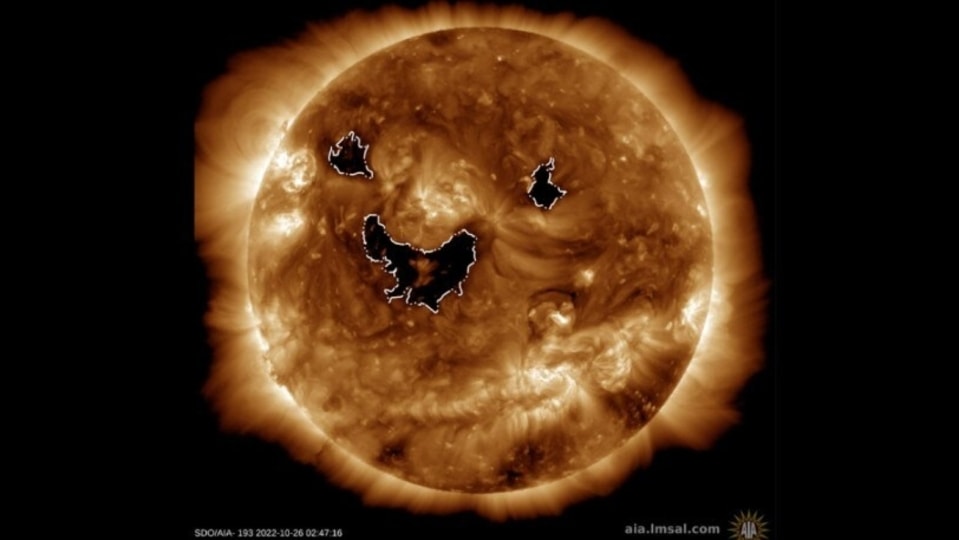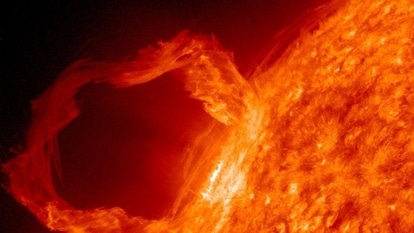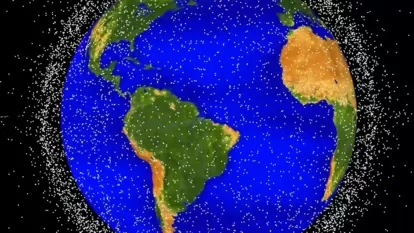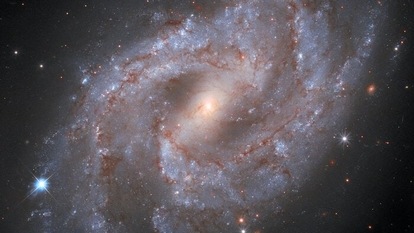Scary smiley face on Sun today to spark dangerous solar storm on Earth; check date
A terrifying smiley face on the Sun has appeared today. It is unleashing solar winds towards the Earth that can cause a dangerous solar storm on Earth on October 28.






 View all Images
View all ImagesThe Sun is smiling upon us today but not the kind that brings you good luck. A smiley face has appeared on the Sun and it can have terrifying consequences for us. Three dark spots have emerged on the Sun due to the build up of a high magnetic field. These three spots have created the shape of a smiley face. But these spots are releasing a complex stream of solar wind toward Earth. These solar winds can cause an intense solar storm on Earth on October 28. Know how this can impact the Earth. Read on.
This development was reported by SpaceWeather.com which noted on its website, “There is a smiley face on the sun today. Take a look. Formed by holes in the sun's atmosphere, the cheerful mein is spewing a complex stream of solar wind toward Earth. First contact, with auroras, could occur on Oct. 28th”.
Smiley face on Sun has consequences for Earth
Right now, it is not possible to fully gauge just how this solar storm might affect us. On top of that, due to the complex nature of solar winds, the magnetosphere of Earth will take a bigger hit, resulting in easier access of solar particles and radiation to enter the Earth's atmosphere. This can also increase the intensity of the storm and can cause radio blackouts and GPS disruptions that may lead to travel delays.
With the Sun moving towards its solar maximum, the main threat Earth is facing is being struck by a G5-class solar storm. Such a solar storm can burn and destroy satellites in Earth's lower orbital space and massively disrupt and breakdown wireless communications like shortwave radio transmissions, GPS, mobile network and even internet access. In the worst case scenario, power grids can also be damaged due to such a solar storm.
How NOAA tracks these solar storms
All of this information is being collected in real time through some amazing tech. NOAA monitors the solar storms and Sun's behavior using its DSCOVR satellite which became operational in 2016. The recovered data is then run through the computers at the Space Weather Prediction Center and the final analysis is prepared. The different measurements are done on temperature, speed, density, degree of orientation and frequency of the solar particles.
Catch all the Latest Tech News, Mobile News, Laptop News, Gaming news, Wearables News , How To News, also keep up with us on Whatsapp channel,Twitter, Facebook, Google News, and Instagram. For our latest videos, subscribe to our YouTube channel.


























